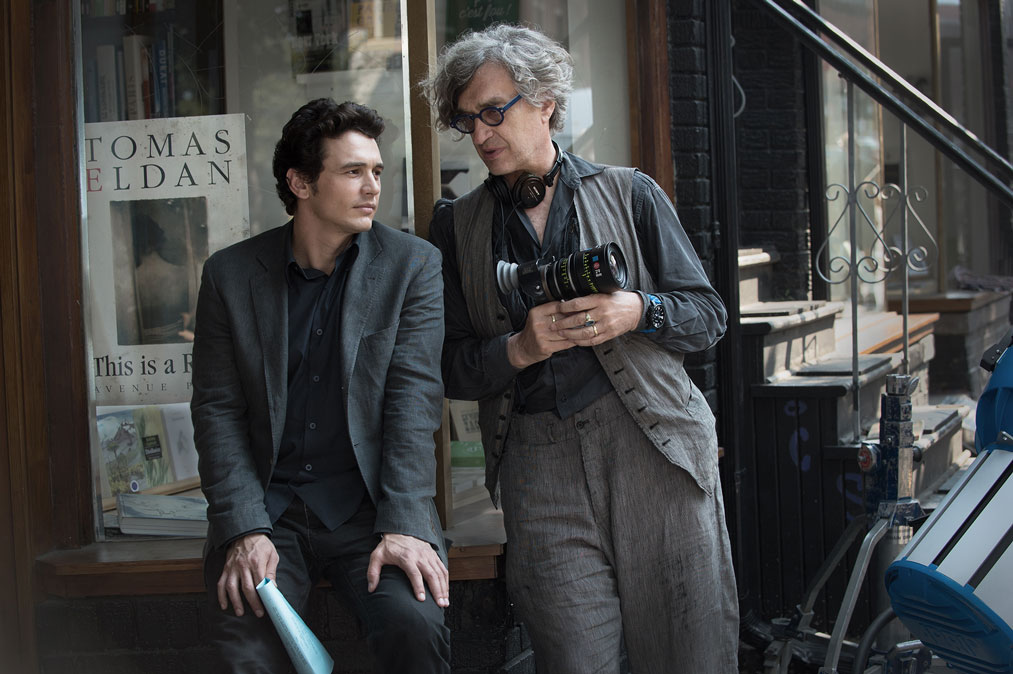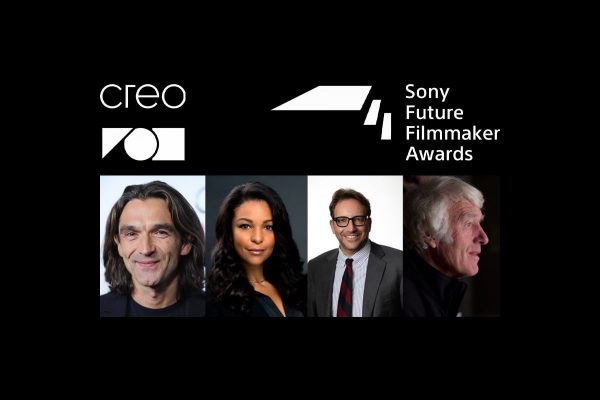Legendary director Wim Wenders new film Every Thing Will Be Fine, starring James Franco, Charlotte Gainsbourg and Rachel McAdams, was recently graded at Arri Film & TV Services Berlin by colourist Philipp Orgassa, using DaVinci Resolve.
The film, is about a novelist who accidentally kills a child, and is shot in 3D to produce a magnifying effect that Wenders’ believes will draw out the emotions of grief and trauma felt by the protagonists. This is the director’s first dramatic production in 3D, following his Oscar nominated dance documentary Pina and the Cathedrals of Culture architecture series.
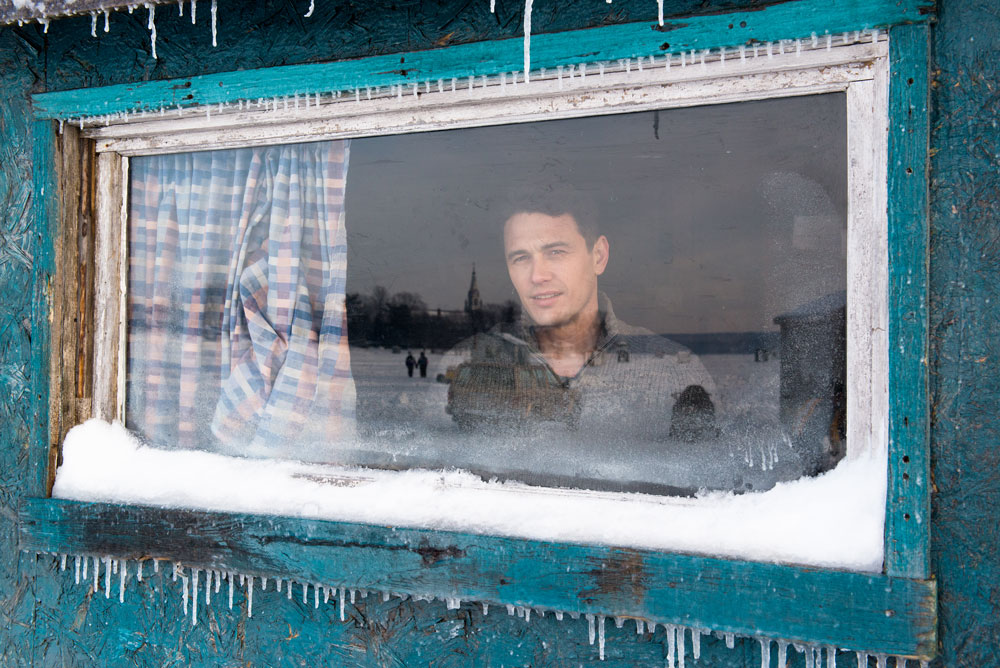
Colourist Philipp Orgassa was challenged with comining the rich contrast and visual elements into a stereoscopic production environment.
“As with many of Wim’s films, color plays a hugely significant role within the film’s narrative, however as soon as you put on the 3D glasses, the range in light is diminished,” explains Philipp.
“Pushing up the contrast can risk details being blown out, so we had to use a lot of tricks to keep the vibrancy that DoP Benoît Debie had captured on set. We used Resolve’s noise reduction throughout the grade, which helped us to produce a very rich contrast in 3D . We worked wearing 3D glasses in the grading theater to ensure the depth and emotional connection that Wim wanted from the stereo effects remained intact.”
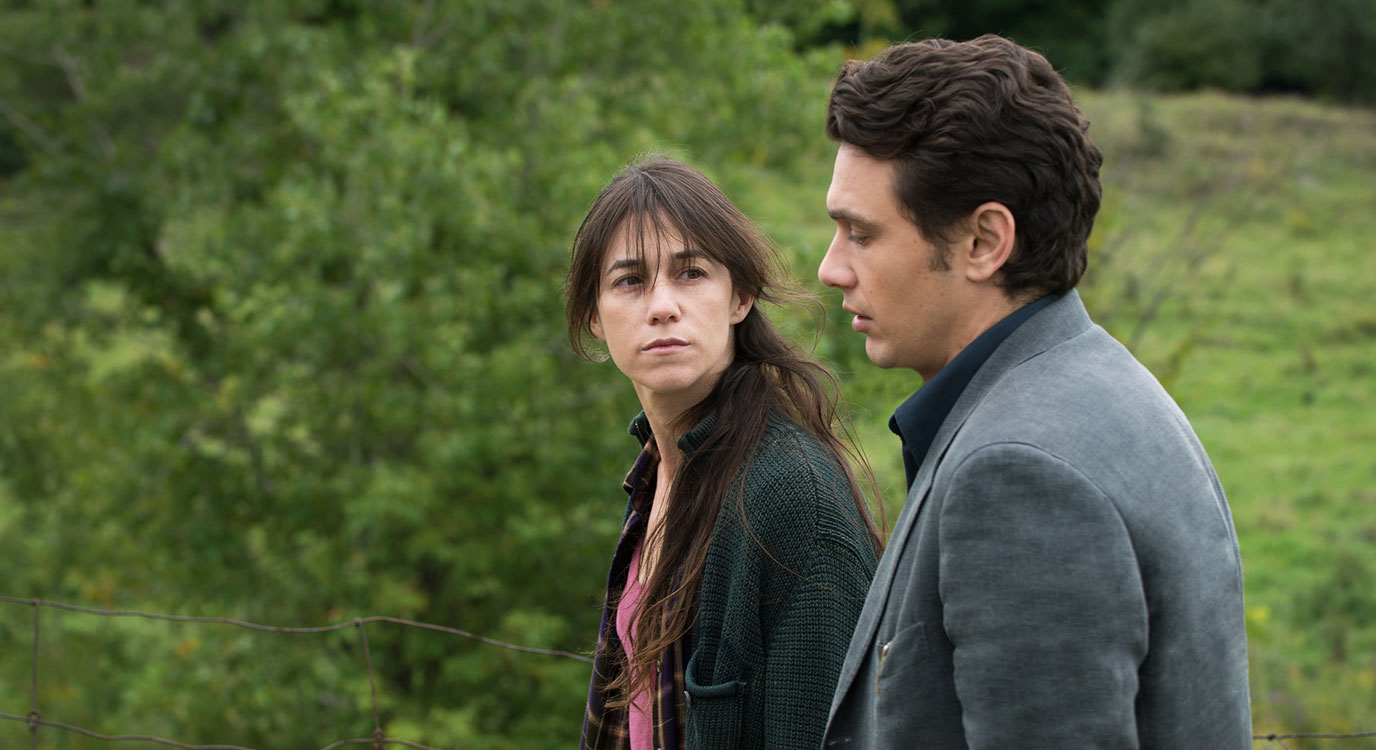
Wenders likes to use largely natural lighting in his films and Orgassa made use of luminance keys to tackle shots in bright sunshine from being completely blown out.
“The keys were used in almost every frame, but in particular one long scene had been filmed in the snowy depths of a Canadian winter. So we still had to be able to keep the detail of the snow, which would have ordinarily been blown out due to the stereo projection weaknesses.”
Retaining a cinematic look, without a flat focus, despite filming in 3D was vital to the way Wenders envisioned his film. Unfortunately, it also has the opposite effect drawing the audience into the drama.
“There was a lot of shallow depth of field and out of focus elements, just as in a normal feature film, which we had to manage,” explains Philipp.
“As well as using a print LUT to eliminate the digital look from the footage, I used Resolve’s Power Windows and tracking for both eyes simultaneously, as well as for sharpening and blurring particular elements. It was a very complex, but really interesting process to work with, as it balanced the best of what stereo effects can produce, with the beauty of more traditional cinematography.”
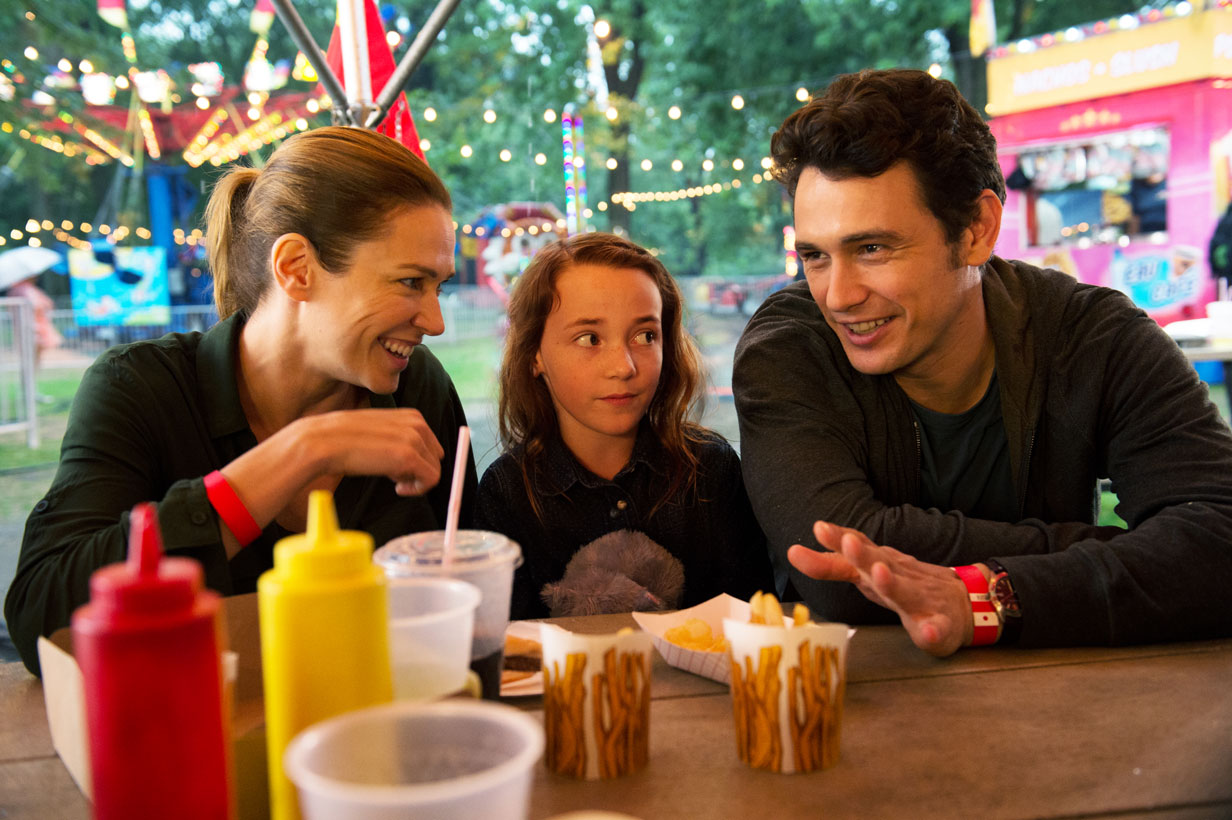
The film made its debut at the Berlin Film Festival in February and is currently playing on European cinema screens. As yet, there is no release date set for the US.
For more info on DaVinci Resolve, check: www.blackmagicdesign.com
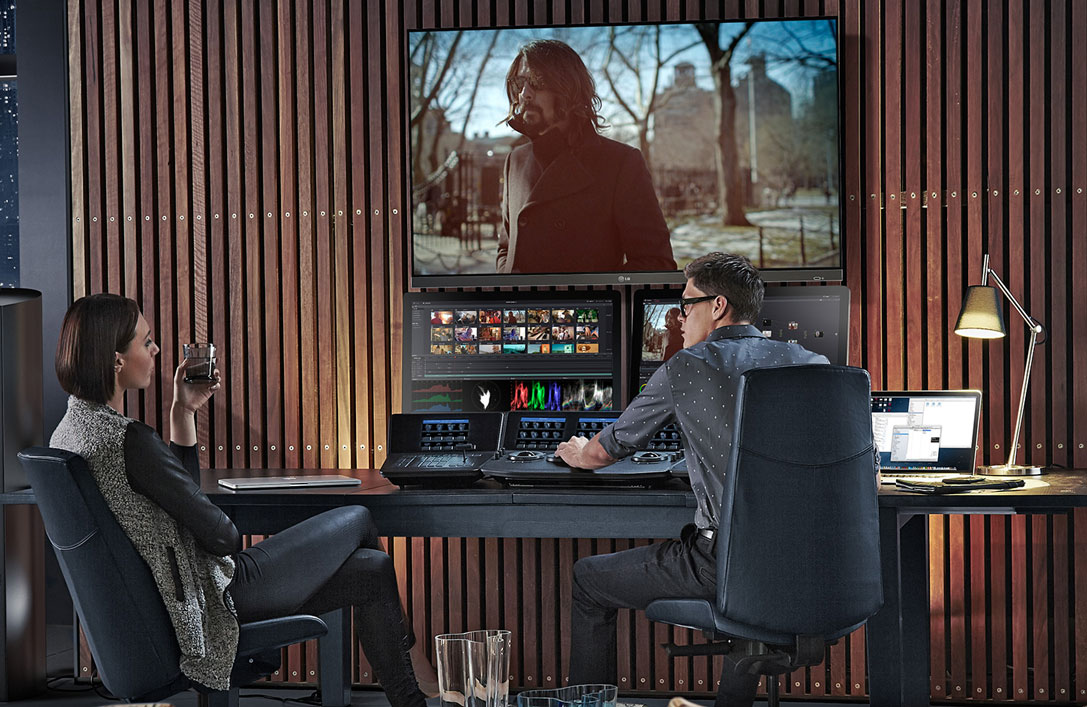
DaVinci Resolve 12
Excerpts from Media Release

